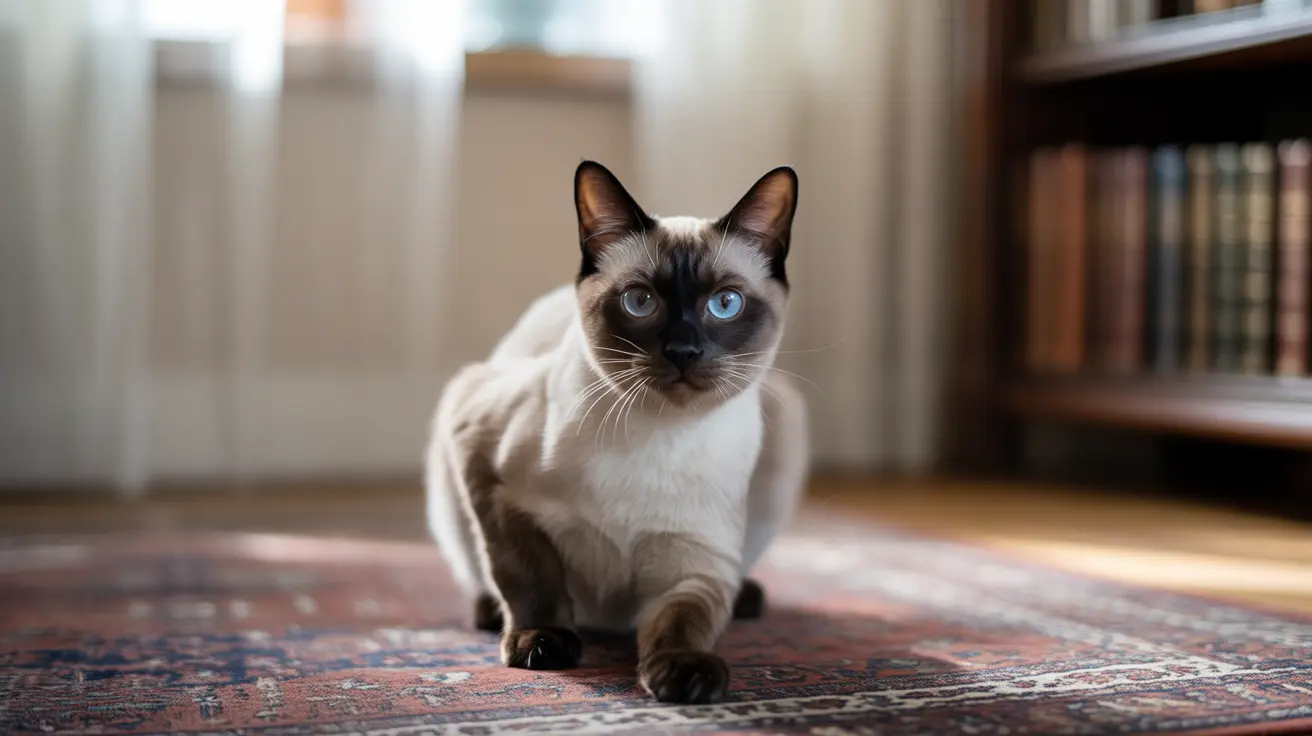While cats are known for their incredible agility and balance, they can indeed experience dizziness under certain circumstances. Unlike humans who might get dizzy from spinning around, cats have a sophisticated vestibular system that typically prevents disorientation during normal activities. However, various medical conditions can disrupt this natural balance mechanism, leading to symptoms that resemble dizziness.
Understanding when and why cats experience dizziness is crucial for pet owners, as these symptoms often indicate underlying health issues that require veterinary attention. Let's explore the fascinating world of feline balance and what it means when your cat shows signs of disorientation.
Understanding Feline Balance Systems
Cats possess an intricate balance system centered in their inner ear and brain. This vestibular apparatus works in conjunction with their vision and proprioception (body awareness) to maintain their legendary coordination. When functioning properly, this system allows cats to perform impressive acrobatic feats without becoming disoriented.
Common Causes of Feline Dizziness
Vestibular Disease
The most frequent cause of dizziness in cats is vestibular disease, which can be either peripheral (affecting the inner ear) or central (involving the brain). This condition can develop suddenly and may be idiopathic (without known cause) or result from infections, tumors, or other underlying health issues.
Medical Conditions
Several health conditions can trigger dizziness in cats:
- Inner ear infections
- Brain tumors
- Head trauma
- Inflammatory diseases
- Metabolic disorders
- Toxic exposures
Recognizing Signs of Dizziness in Cats
Watch for these telltale symptoms:
- Head tilting
- Stumbling or falling
- Circling behavior
- Abnormal eye movements
- Loss of balance
- Nausea or vomiting
- Reluctance to move
Treatment and Recovery
Treatment approaches vary depending on the underlying cause:
- Antibiotics for bacterial infections
- Anti-inflammatory medications
- Supportive care
- Surgery in cases of tumors or polyps
- Environmental modifications to prevent injury
Most cats with idiopathic vestibular disease recover within 2-3 weeks, though some may retain a slight head tilt permanently. Proper veterinary care and diagnosis are essential for successful treatment.
When to Seek Veterinary Care
Contact your veterinarian immediately if your cat:
- Suddenly shows signs of disorientation
- Has difficulty walking or standing
- Exhibits rapid eye movements
- Shows signs of nausea or vomiting
- Appears distressed or uncomfortable
Frequently Asked Questions
Can cats actually get dizzy, and what causes it?
Yes, cats can experience dizziness, primarily due to vestibular system disorders, inner ear infections, brain conditions, or certain medications. Unlike humans, normal play or spinning rarely causes dizziness in healthy cats.
What are the common symptoms that show my cat might be dizzy or have vestibular disease?
Common symptoms include head tilting, stumbling, circling, abnormal eye movements (nystagmus), loss of balance, and sometimes vomiting. These signs often appear suddenly and can be quite dramatic.
How do veterinarians diagnose dizziness or vestibular problems in cats?
Diagnosis typically involves a physical examination, neurological assessment, and possibly imaging tests like MRI or CT scans. Blood work and ear examinations may also be necessary to determine the underlying cause.
What treatments are available for cats suffering from dizziness or vestibular disease?
Treatment depends on the underlying cause but may include antibiotics, anti-inflammatory medications, supportive care, and environmental modifications. Some cases resolve spontaneously with time and supportive care.
Are certain cat breeds or ages more prone to dizziness or vestibular issues?
Senior cats are more prone to vestibular issues, and certain breeds like Siamese and Burmese cats have a genetic predisposition to vestibular problems. However, dizziness can affect cats of any age or breed.






